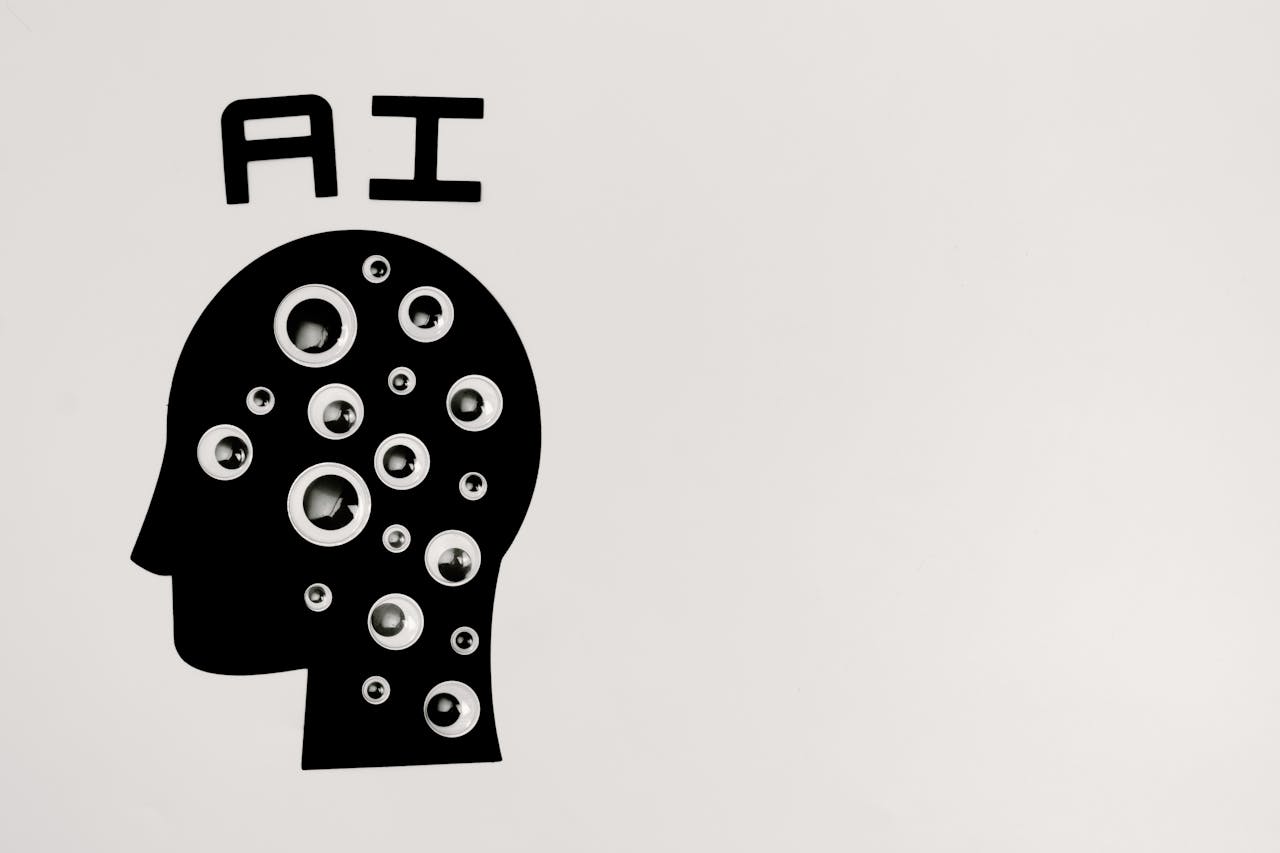With the rapid progression of technology, artificial intelligence is acquiring more and more uses in businesses. Rapid adoption of and advances in generative AI has changed the rules of the market for skills, with most white-collar workers believing they need to develop new skills as they integrate AI into their work. In a study carried out by Boston Consulting Group of 13,000 employees, 86 per cent reported they need upskilling because of advances in generative AI, yet only 14 per cent say they are receiving training. Experts at Harvard’s Digital Reskilling Lab estimate that in the Age of AI, the half-life of many skills ranges from just 2.5 to five years, requiring more constant reskilling. That being said, as AI takes over in repetitive schematic tasks as well as complex cognitive work (math equations, recognizing language and speech, writing, decision making), machines are still not intuitive, nor emotional, or culturally sensitive.
There are well-known reports of AI favouring male applicants in the hiring process based on the presence of words such as “executed” or “captured” in their resumes. Although the algorithm is theoretically neutral, it is only as good, and as biased, as the data that it is trained on. This can result in prejudice or advantages for specific individuals or groups. For example, Joy Buolamwini at MIT working with Timnit Gebru found that facial analysis technologies had higher error rates for minorities and particularly minority women, potentially due to unrepresentative training data.
However, this is not the full picture. People themselves are also biased, and the hiring process is known to be a step where conscious and unconscious biases based on a person’s gender, age, ethnicity, visible marker of disability, can impact the decision about their employment.
An article by Forbes highlights the possibilities of AI for more diversity, equity, and inclusion in the workplace.
First, AI allows for a better diagnosis of someone’s performance. It can reveal patterns of cultural behaviour, or dynamics underlying many critical interactions between coworkers. Often the reasons behind a promotion are not attributed to a systematic review of work performance and behaviour, therefore it is due to bias.
A second function is to measure inclusion, and specifically whether someone’s demographic status or identity can predict their status at work. The actual inclusion of people on the workplace can be hard to quantify and track. Therefore, AI can give insights that go beyond perceptions and decodes behaviour, telling us whether there are biases or other hidden dynamics in place.
But that might not be the end. In the future, AI can be trained to be emotionally intelligent. This is done by training AI via an interdisciplinary team which is not only multidisciplinary, but cross-cultural and diverse too. Algorithms should also incorporate more qualitative data related to gender, class, ability, race, and other converging aspects of identity.
One of the major limitations of AI algorithms in reproducing human language and interactions has always been the impossibility to make jokes, if not based on data that it has been trained on. Moreover, despite the improvements in its understanding of idioms, slang, and cultural references, that are enabling more accurate responses, Chat GPT is still mainly monocultural, as it is aligned with the values of those programmers who trained it initially, and it is also “biased towards the cultural values of those speaking English”. For example, a dataset on which Chat GPT-3 is trained on is Wikipedia, but only on the English pages, which had been shown in 2015 to have a strong gender bias in the way women were described.
This further proves how training algorithms on more qualitative and diverse data that reflects a wide range of cultural values and gender perspectives, to name a few, would be beneficial.
Now, Chat GPT has proved to be able to identify and describe emotions, and to reflect and abstract emotional states in a multidimensional way. This progress towards a more emotionally intelligent AI also contributes to envisioning more culturally intelligent forms of AI.
How does leadership adapt?
Knowing the impact of AI on the skills-market and the possibilities it offers, as well as the limitations of AI, how does leadership adapt to remain relevant and allow businesses to thrive in this evolving environment?
Gege Gatt, CEO of EBO, a company pioneering AI in offering a wide variety of services, proposes three ideas to navigate the future:
- Protecting ourselves by making peace with the presence of AI in our futures, educate ourselves on digital ethics, and focus on what makes us a human community.
- AI can inform us of societal change, and especially aim to change us by persuasive means. For this it is called persuasive technology. Therefore, we should aim to train AI on a solid moral foundation, and also be able to recognize when it’s being used to change our patterns.
- As AI could replace many jobs, the global economy should adapt “to re-evaluate how we formulate economic policy, distribute wealth, and shift our understanding of employability.”
The rapid takeover of AI and the possibility to train it to be more culturally aware and intelligent could raise concerns about the future of leadership. However, human abilities are more expansive. People have the ability to imagine, anticipate, feel, and judge changing situations, which allows them to shift from short-term to long-term concerns.
As AI takes over routine tasks characterised by repetitiveness and schematisation, and many tasks related to project management, humans should enhance their abilities to coordinate the work of AI in a team. Insights from Harvard Business Review reveal that the future of leadership includes being able to create an inclusive team that aligns man and machine in the most efficient way. Technological advancements open endless possibilities for businesses to evolve. Here, leaders are needed to clarify their own business’ goals and whether they would drive enough profit in the future.
Also, this means recognising the role of cultural intelligence for leadership. Cultural Intelligence entails elements of knowledge, motivation, and behavioural control which drive leadership success. In a globalised and digitalised environment, these leadership qualities are the key to improving the thrive of businesses and leading across cultural boundaries.
The author would like to thank Laura Cappai, GMD intern, for her support in the research and writing for the present article.
Mistakes CEOs regret and how to avoid them
Many CEOs look back and wish they had done things differently.
6 steps business leaders must follow to address negative online reviews
Responding to online critics is an effective way of protecting a company’s reputation and building customer loyalty.
Provide feedback and show respect: 5 ways business leaders can steer a young team towards success
Millennials and Gen Z employees are on the rise, and while they are wrongly viewed as ‘unmotivated’ and ‘entitled’, they ...
If your employees are displaying these symptoms, it’s time to check in
Recognising when an employee or colleague is struggling can be essential in getting them the support they need before it’s ...









